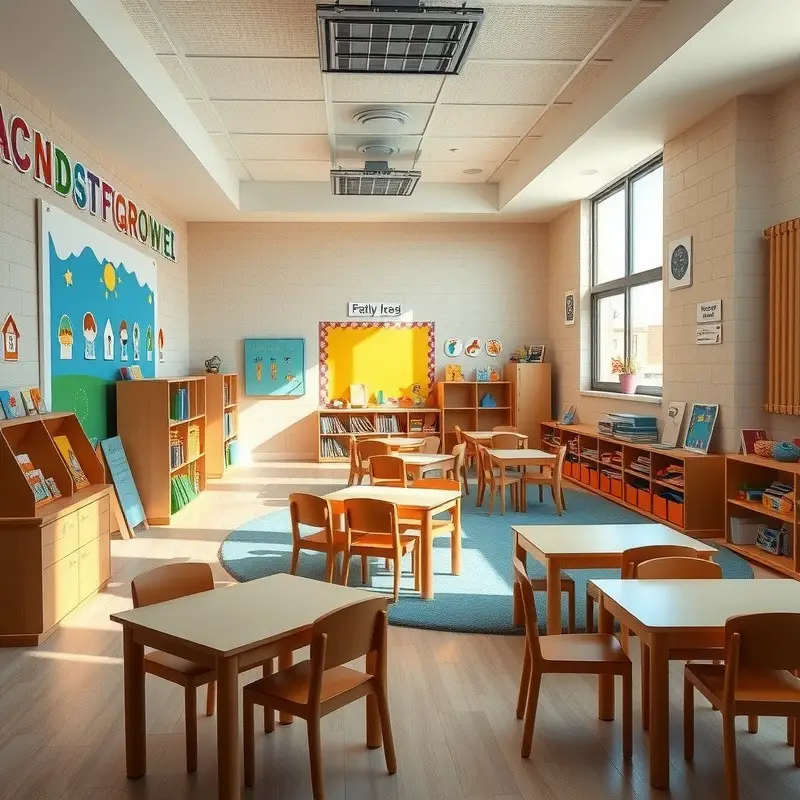The Foundation of Language Learning Starts Early
In early education settings, the process of learning English is far more than memorizing words. It’s about building a deep, joyful connection with language. Teaching English to preschoolers and kindergarten-aged children requires patience, creativity, and a deep understanding of child development.
Core Roles in Early English Classrooms
Early language education involves a team of professionals working together to guide and support children:
Lead English Teachers: These professionals design lesson plans that combine academic goals with fun, age-appropriate activities. They introduce foundational grammar, sounds, and vocabulary through immersive experiences.
Curriculum Designers: Behind the scenes, these experts develop frameworks that align English language goals with national early learning standards.
ESL Support Educators: For classrooms with multilingual students, these specialists tailor instruction to help children bridge their native language and English fluency.
Practical Techniques that Inspire Language Growth
Young children learn best through doing, seeing, and feeling. That’s why English instruction in early childhood settings must be active, sensory-rich, and emotionally supportive.
Role-Playing and Pretend Play: Teachers often set up themed play areas (e.g., doctor’s office, grocery store) where children can practice vocabulary in context.
Visual Aids and Puppetry: Colorful images and engaging puppet characters help illustrate meaning, maintain attention, and simplify complex language structures.
Sing-Along Sessions: Repetitive songs help reinforce pronunciation, rhythm, and basic sentence structure in a way that feels natural.
Lifelong Benefits of Early English Exposure
The sooner a child begins learning English, the more fluent and confident they’re likely to become in the future. But the advantages extend far beyond language.
Stronger Brain Development: Learning a second language early improves executive function, including working memory and problem-solving.
Cultural Awareness and Sensitivity: Bilingual environments promote inclusion and encourage respect for different backgrounds.
Improved School Readiness: Children who enter primary school with English language skills often perform better academically across all subjects.
The Educator’s Influence
Early childhood English educators don’t just teach—they mentor, model behavior, and create emotional safety for language risk-taking. Their work shapes how children see themselves as learners and communicators.
This article underscores the value of investing in well-trained, passionate English teachers in the early years. With the right educators, children don’t just learn English—they love it.
Final Thoughts
Introducing English in early childhood isn’t about early pressure—it’s about early possibilities. With the right roles, strategies, and heart-centered teaching, young learners can build not only their language skills but their confidence, empathy, and curiosity.
Whether you’re considering a career in this field or simply want to understand the mechanics behind it, this look into early childhood English education reveals just how powerful these early years can be in shaping a multilingual, interconnected future.

